Home › Solutions › Building Management System (BMS) Connectivity › What is a Building Management System (BMS)?
Contents
What is a Building Management System (BMS)?
A Building Management System (BMS), sometimes known as a Building Energy Management System (BEMS), is a computer-based control system that reads data from various building systems and services to enhance efficiency, optimise performance, and often has built-in control capabilities to ensure a comfortable and safe facility. A BMS is often a physical device, running some software, that integrates with and controls HVAC (heating, ventilation, and air conditioning), as well as integrating with other building and life critical systems such as fire systems for critical safety control.
A comprehensive building management system will allow facility managers to monitor and control various building systems through a unified interface. This usually is not cloud connected, and is only accessible on site. It provides real-time data, analytics, and automation to optimise energy usage, improve occupant comfort, and streamline maintenance processes. The system enables users to set and adjust parameters, receive alarms and notifications, and access historical data for performance analysis.
In the context of energy management, a BEMS allows users to implement energy-saving strategies, monitor energy consumption, and identify areas for improvement. For instance, the system may automatically adjust HVAC settings based on occupancy patterns or weather conditions, leading to energy efficiency and cost savings.
Overall, a Building Management System plays a crucial role in modern building operations by providing centralised control and intelligence, fostering sustainability, and contributing to the overall well-being of occupants.

How IoT Platforms can Enhance a BMS
An IoT platform such as The Hark Platform can be used to complement and maximise the effectiveness of a BMS. Some BMS systems will have limitations that can be overcome using the Hark Platform.
Unlock all of your data:
Often, a BMS will be configured to read certain registers/objects/data points from specific assets. A BMS might for example only pull 10 data points from an air handling unit, when there are 500 data points available. This missing information might be something like fan speed. By having additional data, we can effectively improve FDD (Fault Detection and Diagnostics) by gaining more context into specific assets.
Cloud-connected BMS:
Often BMS systems are not natively connected to the internet, meaning data cannot be accessed remotely. By introducing the Hark Platform, facilities managers can access their data, create new automations or control BMS assets from anywhere (on desktop or mobile).
Maintaining the security of a BMS is key to its proper operation and management of a building, by adding a 3rd layer secured application, you will be further protected from cybercrime and still have a high-level of control through an internet connected solution.
Contextualise and track projects:
Understanding the impact of new optimisations is important for verifying and reporting on success. The automations you create in The Hark Platform may bring down your overall energy costs, which is something you’ll want to be able to track and analyse. A BMS alone may not be able to provide this level of context into your efficiency projects.
Streamline processes:
While a standalone BMS can help with streamlining processes, the true power lies in IoT. Rather than a bureau or support desk having to raise maintenance tickets, The Hark Platform can determine a problem, raise an alarm and automatically notify the maintenance team – giving the support desk more time to work on other tasks.
